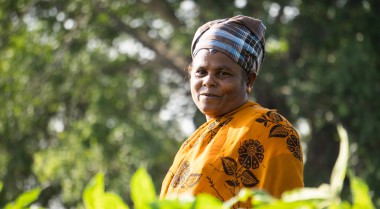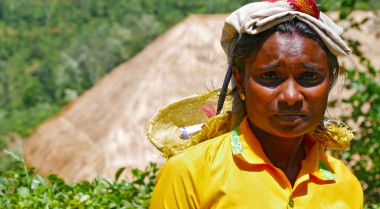
#BuildingPeaceTogether through SDG5 in South Asia: What does it take?
The gender gap in South Asia is one of the worst in the world, second only to the MENA region. Women in the region are disadvantaged in the workplace and female representation in South Asian governments is lagging, despite the fact that multiple countries in the region are among those with the most years with a female head of state. Gender-based violence is also endemic in South Asia.
Whilst the Sustainable Development Goals (SDGs) offer an excellent framework to power gender equality in the region, South Asia is yet to come on track to achieve gender equality by 2030. Now, COVID-19 has exacerbated pre-existing challenges and created new impediments to achieving gender equality in the region, such as increasing poverty and severely impacting education.
There is no peace without gender equality. Ongoing securitisation of communities and prolific levels of violence within communities and homes often result from gender inequalities, as recognised by SDG5. One of the most pervasive issues identified by GPPAC members is rising female poverty rates that result from a gender gap in economic participation and opportunity and a lack of access to education.
However, thinking about challenges creatively provides an opportunity to reflect on what could be done to advance the situation of women in South Asia and also tackle some of the key drivers of conflict.
Capitalising on these opportunities requires
- Localisation of SDGs: South Asian governments need to go beyond globally suggested targets and adopt context-specific additional indicators for crime and violence against women as most countries have limited their indicators to globally suggested targets. Asian governments should utilise civil society experts to help mainstream gender in all relevant targets and goals as well as develop these gender-specific indicators.
- Implementation: South Asian governments must locate the SDG implementation at sub-national and local levels as much as possible to reflect local realities and make it an all of society effort, moving from an “all of government” engagement to a “whole of society” approach. This requires developing inclusive and multi-stakeholder platforms for monitoring and evaluation targeted towards measuring impact on the ground and not solely the implementation of the goals.
- Regional support: The South Asian Association for Regional Cooperation (SAARC) should actively engage with its member states on SDGs, share good practices, and forge regional partnerships in fast-tracking Agenda 2030 in the region.

